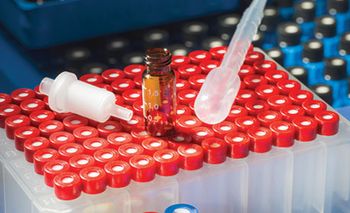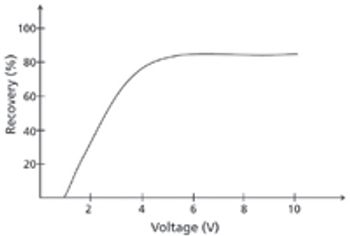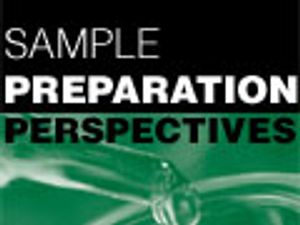Articles by Stig Pederson-Bjergaard

In electromembrane extraction (EME), the target analyte is extracted from an aqueous sample across a supported liquid membrane (SLM) and analyzed using LC. Through the study presented here, we demonstrate the principles of the technique and test its performance.

The 2nd Copenhagen Symposium on Separation Sciences (CSSS 2018) will be held on 26–27 June 2018 at the DGI-byen in Copenhagen, Denmark. The preliminary programme of the 2nd CSSS is summarized below and gives an idea of what can be expected.

PALME almost eliminates consumption of hazardous solvents.

Parallel artificial liquid membrane extraction (PALME) is a miniaturized version of liquid–liquid extraction (LLE) and is based on two 96-well plates in a sandwich-like configuration. With a very simple workflow, 96 samples can be processed simultaneously in PALME, providing analyte enrichment, highly efficient sample cleanup, and direct compatibility with liquid chromatography–mass spectrometry (LC–MS). The consumption of hazardous organic solvents is also almost eliminated using PALME as the sample preparation technique. This article summarizes current experiences with PALME, based on work both in a university laboratory and in an analytical services contract laboratory.

This month's "Sample Prepartion Perspectives" describes practical aspects of hollow-fibre liquid-phase microextraction in the three phase mode (HF3LPME) and also electromembrane extraction (EME), which uses an electrical potential as the driving force for the extraction.

The practical aspects of hollow-fiber liquid-phase microextraction in the three-phase mode (HF3LPME) are described.

Describes practical aspects of hollow-fibre liquid-phase microextraction in the three phase mode (HF3LPME) and also electromembrane extraction (EME).













